by Lisa Cooke | Jun 23, 2014 | 01 What's New, Libraries, Photographs, Preservation
You have precious family history files, both physical and digital. Have you ever wondered if they are in the proper form for safe, long term preservation? Consider taking a cue from the United State’s oldest federal cultural institution and the largest library in the world, holding more than 158 million items in various languages, disciplines and formats.
According to their announcement today the Library of Congress today released “a set of recommended formats for a broad spectrum of creative works, ranging from books to digital music, to inform the Library’s acquisition practices. The format recommendations will help ensure the Library’s collections processes are considering and maximizing the long-term preservation potential of its large and varied collections.”
The recommended formats can be viewed here www.loc.gov/preservation/resources/rfs/ and cover six categories of creative output:
- Textual Works and Musical Compositions
- Still Image Works
- Audio Works
- Moving Image Works
- Software and Electronic Gaming and Learning
- Datasets/Databases
What I like about this recommendations is that they rank the various file formats on the digital side of things in order of preference. So even if you aren’t in the position to change your digital file’s format right now, you will know where it falls in the spectrum of long-term preservation.
For example, here are the recommendations for digital photograph files formats in the order of preference:
Formats, in order of preference
- TIFF (uncompressed)
- JPEG2000 (lossless (*.jp2)
- PNG (*.png)
- JPEG/JFIF (*.jpg)
- Digital Negative DNG (*.dng)
- JPEG2000 (lossy) (*.jp2)
- TIFF (compressed)
- BMP (*.bmp)
- GIF (*.gif)
Download the PDF of recommendations from the Library of Congress here
by Lisa Cooke | Jun 17, 2014 | 01 What's New, Ancestry, DNA, Genealogy Gems Podcast
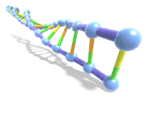 Get up to speed on the world of DNA and Genealogy in this episode. We’ll explore in depth the ramifications of Ancestry closing down some of their DNA tests along with other businesses in their portfolio. You’ve had a lot to say on this subject, and I do too!
Get up to speed on the world of DNA and Genealogy in this episode. We’ll explore in depth the ramifications of Ancestry closing down some of their DNA tests along with other businesses in their portfolio. You’ve had a lot to say on this subject, and I do too!
 Then you’ll meet Your DNA Guide, Diahan Southard. She’s a genealogy gem who will be joining us here on Genealogy Gems on a regular basis to help guide us through the murky waters of DNA research in easy to understand, and FUN terms.
Then you’ll meet Your DNA Guide, Diahan Southard. She’s a genealogy gem who will be joining us here on Genealogy Gems on a regular basis to help guide us through the murky waters of DNA research in easy to understand, and FUN terms.
Thanks for listening friend, I’ll talk to you soon,
Lisa

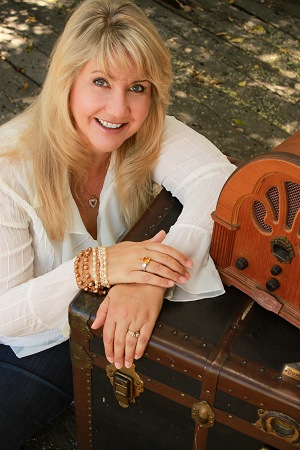
by Lisa Cooke | Jun 13, 2014 | 01 What's New, Evernote, Organization, Research Skills, Source Citation
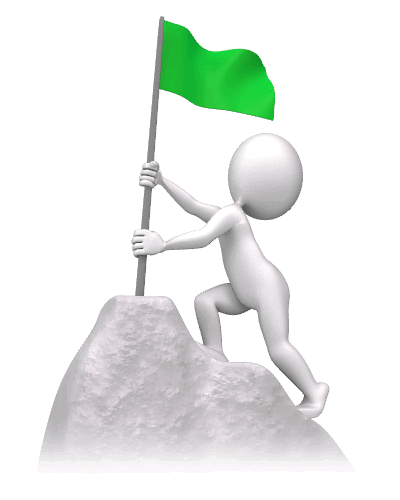 Are you using Evernote for Genealogy? You’re not alone! The company announced recently that over 100 MILLION people now use Evernote to keep track of what they know and how they know it.
Are you using Evernote for Genealogy? You’re not alone! The company announced recently that over 100 MILLION people now use Evernote to keep track of what they know and how they know it.
“When we launched the Evernote service in 2008,…there were many note takers and productivity tools around at the time but they all felt out of date; they were becoming less and less relevant to people’s lives,” explains a company press release. “We set out to redefine the meaning of productivity for modern busy people. We want Evernote to become your workspace; the place where you do all of the everyday things that keep your life moving forward.”
Evernote has sure taken the genealogy community by storm. I attend conferences around the world and it seems every single one has at least one class devoted to using Evernote for genealogy!
3 Reasons Why Evernote is Ideal for Genealogy Research:
1. You can store your research information with the source citation and any additional notes you take about the item. It’s easy to transfer online finds into Evernote and easy to copy them into your family history writing projects or websites.
2. You can sort and retrieve data easily: When I search “Burkett” Evernote instantly and thoroughly sifts all of my notes. It locates all 33 of my notes where the surname BURKETT appears in a note, even when the name appears in an image such as this scan of my Grandfather’s Railroad examination certificate from 1936. That is thanks to the fact that Evernote applies Optical Character Recognition (OCR) to all images in your notes!
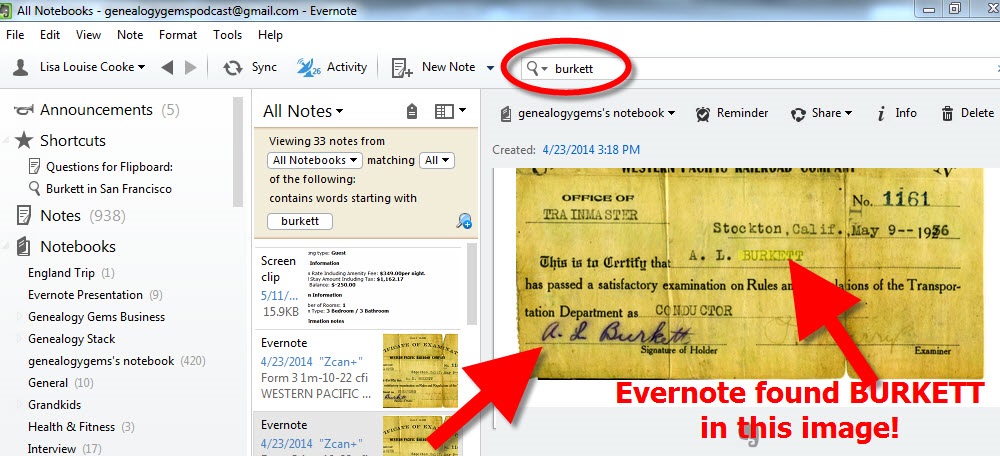
3. Your desktop version syncs with whatever you do through the Evernote app. With Evernote on your mobile device, you have constant access to your genealogy research, photos and more. Think how easy that makes your next trip to an archive or family reunion!
And here’s a tip for all of you iPhone and iPad users:
Stop searching for the Evernote app on your mobile devices desktop. Just press and hold the Home button and tell Siri “Open Evernote App!”
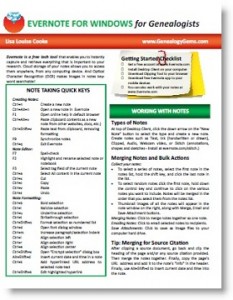 Free Download: If you haven’t tried the FREE version of Evernote note-taking and data-organization software yet, download it here.
Free Download: If you haven’t tried the FREE version of Evernote note-taking and data-organization software yet, download it here.
Then cut your learning curve and start using Evernote effectively RIGHT AWAY by purchasing our Evernote for Genealogists guide! The guide is available as a digital download or laminated print format, for the Mac or PC.
More Free Resources:
How to Get Started in Evernote, and the Ultimate Evernote Education
How to Add Text to a Web Clipping in Evernote
Should Evernote be my Digital Archive?
by Lisa Cooke | Jun 12, 2014 | 01 What's New, DNA
Michael Ibsen, a cabinet maker living in London, was recently awarded the title of “royal descendant” when researchers identified him as a direct maternal descendant of Ann of York. Why did this lucky man have an unsolicited team of researchers filling in 17 generations of his genealogy?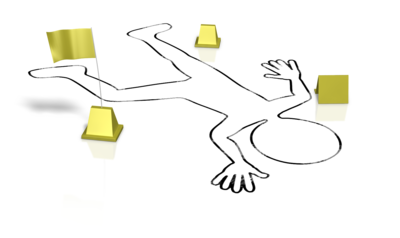
They were trying to identify a body.
A body discovered under a parking lot in Leichester, England.
According to an article in the Mail Online, thanks to the mitochondrial DNA (mtDNA) of Ibsen, that body has been identified as Richard the III. Researchers needed Ibsen because his mtDNA is EXACTLY the same as his 17th great grandmother, Ann of York. Because mothers pass their mtDNA to all of their children, and only the daughters pass it on to the next generation, Ann had exactly the same mtDNA as her brother, Richard.
With the positive identification in hand, researchers are now prepared to undertake a £100,000 project to discover the combination of letters in a four-digit code that makes up the genetic book that is (or was) Richard III. This process is called full genome sequencing. They are also planning to sequence Mr. Ibsen’s genome to see what shared segments may still remain.
What does this project have to do with you?
 So what does this project have to do with you the genealogist who doesn’t have a team of researchers hammering out your 17th generation grandparents?
So what does this project have to do with you the genealogist who doesn’t have a team of researchers hammering out your 17th generation grandparents?
First, it is a win for genetic genealogy as mtDNA was used to unequivocally link past and future generations. Each story like this serves to increase buy soma medication online awareness for genetic genealogy, which means more people get tested, which means databases grow larger, which means you will find more matches, which means you will have more genealogical success. Plus, the comparison of the ancient Richard the III genome with the modern genome of Mr. Ibsen will be the first of its kind to try to identify shared segments of DNA after so many generations.
In a recent interview Michael Ibsen said, “I almost hope somewhere along the line they dig up some more people so others can be ancestors and descendants in the same sort of way. It is going to be an extraordinary experience.”
Someone needs to introduce Mr. Ibsen to genetic genealogy as that is EXACTLY what genetic genealogy is all about-but minus the digging up the bones part! Genetic genealogy is all about using the DNA of living people to reconstruct the DNA of your ancestors. It is about making connections among modern day genealogists that can help them answer questions about their relatives.
While a full genome sequence is not a practical genealogical tool for most genealogists, there are other kids of DNA tests that could help you answer genealogical questions.
You can find more information about a few famous people and their DNA here.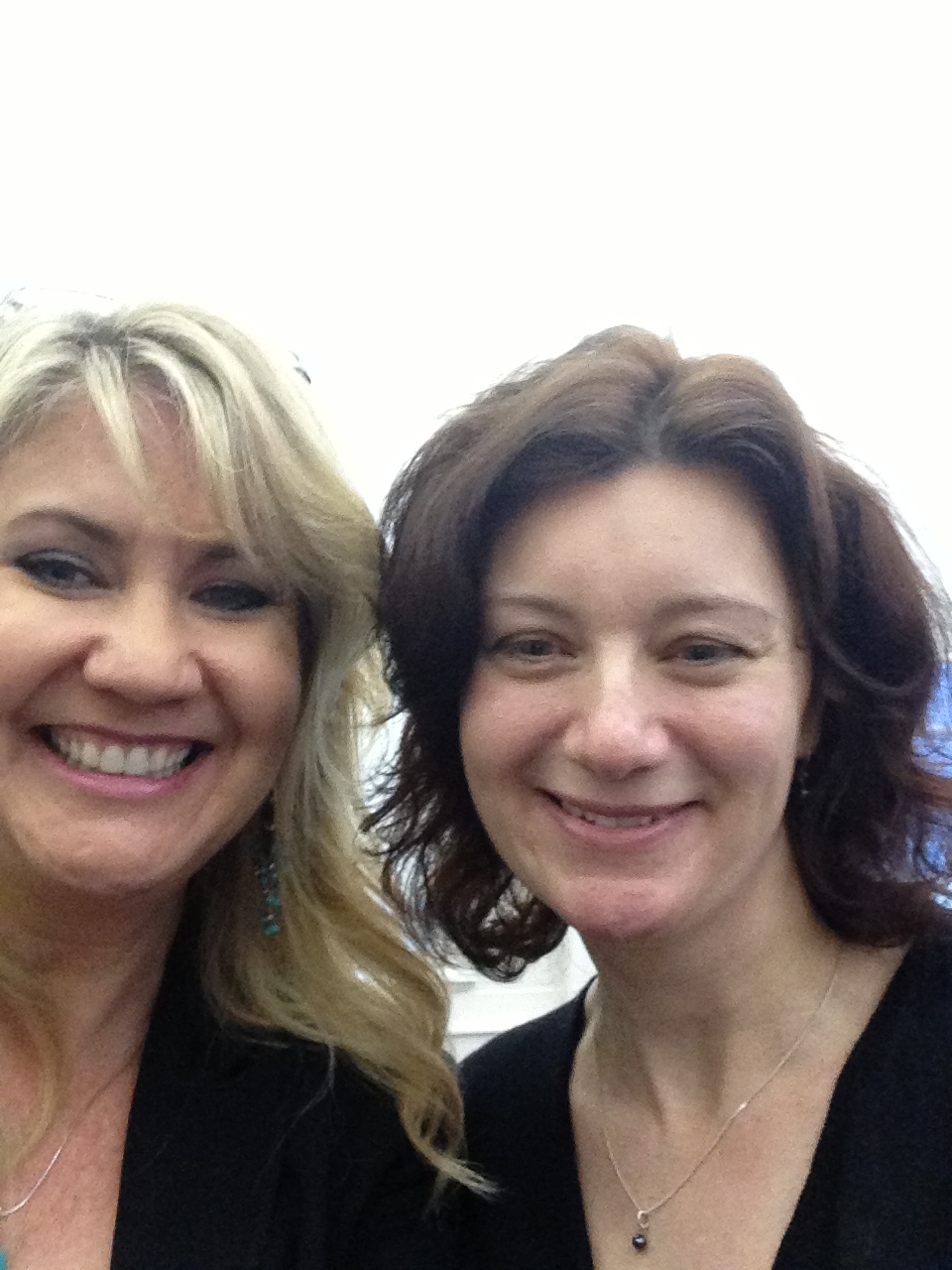
And learn even more by reading MNT’s article 3D model provides new insight into King Richard III’s spinal condition.
And don’t miss Lisa’s interview with Dr. Turi King who ran the DNA testing on King Richard III. Listen to Genealogy Gems Podcast episode 152 now.

by Lisa Cooke | Jun 11, 2014 | 01 What's New, Beginner, Family History Podcast, Libraries, Research Skills

Listen to the Family History: Genealogy Made Easy podcast by Lisa Louise Cooke. It’s a great series for learning the research ropes and well as refreshing your skills.
Family History: Genealogy Made Easy with Lisa Louise Cooke
Republished June 11, 2014
[display_podcast]
Download the Show Notes for this Episode
Welcome to this step-by-step series for beginning genealogists—and more experienced ones who want to brush up or learn something new. I first ran this series in 2008-09. So many people have asked about it, I’m bringing it back in weekly segments.
Episode 35: Do Your Genealogy at the Public Library, Part 2
In Episode 34, Patricia Van Skaik, Manager of the History and Genealogy Department of the Public Library of Cincinnati and Hamilton County, talked with me about the unique genealogical resources in public libraries just waiting to be discovered. She gave us some great ideas on how to prepare for your visit to get the most out of your time at the library.
Today, we go deeper into genealogy research at the public library. Pat is back and she talks to us about:
- How to search an online library card catalog, including advanced search methods;
- What kinds of unique collections may be at public libraries, and helps us learn to ask for exactly what we want!
- The obstacles librarians face when it comes to cataloguing large and unique collections that may interest genealogists.
So dust off your library card and grab your book bag and let’s head back to the public library!
Top Tips from Pat and Lisa
- You don’t have to be advanced on computers to use advanced searches. Use these to home in clearly on what you’re looking for!
- Don’t think of the public library as just as place to go look at their holdings. Talk to librarians about how to use resources (databases, websites) and how to evaluate what you’ve discovered.
- Some items are buried at the library. Asking for help may lead to accessing just the records you want. Examples include items in pull-out collections, closed stacks (not in the public areas of the library) and maps, which aren’t always listed in the card catalogue.
- Tell the staff what materials are important to you. Your interest may lead these items to become more accessible, or be indexed or digitized.
Separate your search terms in advanced searches. Don’t just keyword search “marriages San Francisco.” Enter these terms separately in the advanced search. You may bring up items not found while searching these keywords together.
A lot of local history and genealogy materials do not circulate through interlibrary loan. Some items are totally unique and people travel to that library to see it, so they don’t send it out. One option is to ask the librarian to check the index and table of contents, then scan or photocopy the pages of interest to you and send them. There may be a charge for this but it’s better than not being able to get the book at all!
Finally, don’t make assumptions. Particularly, Pat says, don’t assume that…
- A small library doesn’t have much advanced technology;
- A library resources only cover its immediate locale; and
- If you can’t see it is not there! Ask about closed stacks.
Links for Public Libraries and Library Resources
WorldCat.org (to search for materials across multiple libraries)
Library Finder websites:
Australia
Canada
U.K.
U.S.






 Are you using Evernote for Genealogy? You’re not alone! The company announced recently that over 100 MILLION people now use Evernote to keep track of what they know and how they know it.
Are you using Evernote for Genealogy? You’re not alone! The company announced recently that over 100 MILLION people now use Evernote to keep track of what they know and how they know it.







